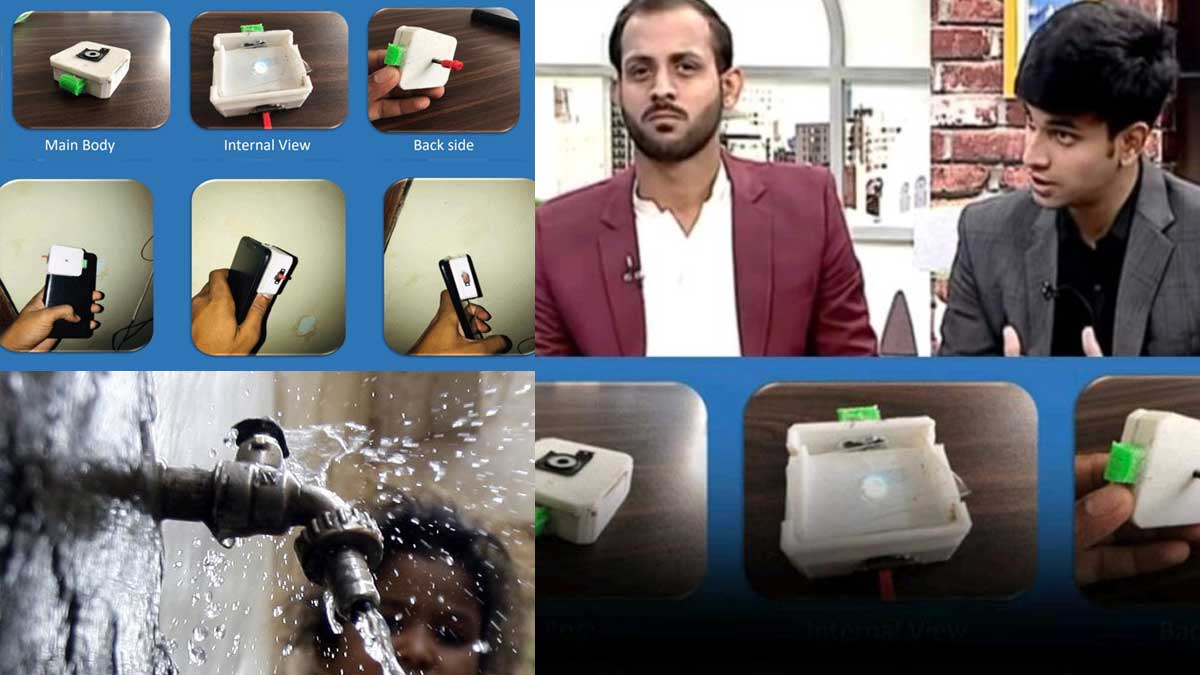The students of Mehran University of Engineering and Technology (MUET) have led to the invention of the portable microscope to detect the existence of germs in the water as about 80 percent of the country’s population is oppressed to drink contaminated water which is one of the reasons of several chronic diseases.
While talking to the media, MUET students Muhamamd Namdaar Zahid and Hamza Bhutto said they have developed a micro-telescope by using 3D print. The size of the microscope is nearly equal to the size of the hand palm and can be effortlessly carried out in a pocket.
Read more: Pakistan’s Mubashir Rehmani wins spot among top 1% computer scientists globally
They said that compound microscopes are usually used in laboratories that are not easily transportable so that is the reason they have invented the portable microscope smaller in size to create convenience for people.
Moreover, the MUET students said they are working to make data sets to recognize the numbers of bacteria in the water by segmenting them into yellow, green, and red zones.
Regarding the functionality of the microscope, Hamza Bhutto informed that they have utilized the same lens as being used in an ordinary compound microscope for precise and accurate results.
Further illuminating the working of the microscope Hamza said the slide will be put into the portable device and it will identify the presence of germs in the water by a mobile app, solely designed for the device.
Responding to a question, the two inventors said the device is not accessible in the market yet because they have been using this as a prototype device.
Moreover, the young creators said they can develop such microscopes if they are assisted by the government as currently, they have made this device using the university’s resources.
Namdar and Hazma said the apparatus can be very convenient in remote areas of Sindh, where there is the unavailability of laboratories and hard to move compound microscopes.





















